Ecology in performing Arts Present in CARPA4 - Ecology in performing Arts Present in CARPA4 - carpa
null Ecology in performing Arts Present in CARPA4
The Colloquium on Artistic Research in Performing Arts CARPA4 brought together 70 experts in their fields from 13 different countries to the Theatre Academy of the University of the Arts Helsinki on 10 – 13 June. The theme this time was The Non-Human and the Inhuman in Performing Arts – Bodies, Organisms and Objects in Conflict.
CARPA observed critically anthropocentrism in performing arts and wondered the meaning of objects and non-human extent in arts and artistic research. The theme was approached from different perspectives by the colloquium’s keynote speakers Professors Peta Tait, Timothy Morton, and Boyan Manchev. Topics that arose in their workshops and discussions were intimacy, monsters, waste, money, gods and cats, marionettes, living machines, love, hell, and eco catastrophe.
- The keynote speakers we had invited had very different approaches to the theme and this was beneficial to thinking and discussions, Leena Rouhiainen, Head of Performing Arts Research Centre of the Theatre Academy of the University of the Arts Helsinki, explains.
Timothy Morton’s keynote presentation The Spectral Plain can be watched on his blog at ecologywithoutnature.blogspot.fi/. Morton was also interview by Helsingin Sanomat and you can read about his thought here (in Finnish) hs.fi/kulttuuri/a1434081178263.
On the last two days of the colloquium, there were, in total, 29 research presentations of different fields of art. The last day of CARPA4 was in Suomenlinna.
- The participants thanked the colloquium’s open discussion and sense of community as well as handmade contents, Rouhiainen says.
CARPA is a biennial international colloquium that focuses on performance art and artistic research. The colloquium is organised by the Performing Arts Research Centre (Tutke) of the Theatre Academy of the University of the Arts Helsinki.
Proceedings of CARPA4, including articles from the accepted presentations, will be published in NIVEL – an open access web publication, by December 2015. We are happy to include different types of papers, presentations and workshop reports including images, video and audio clips in these proceedings of the colloquium.
